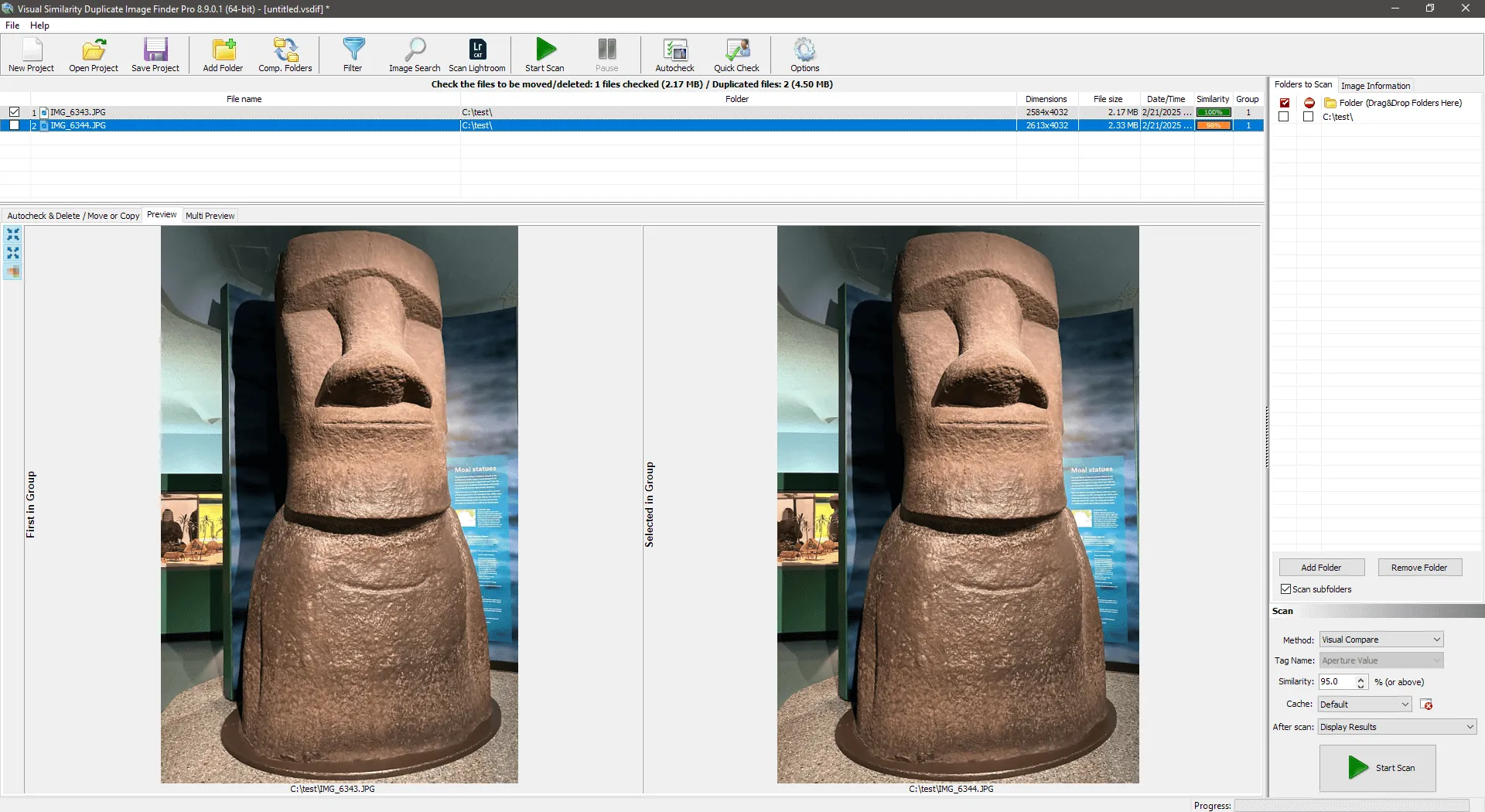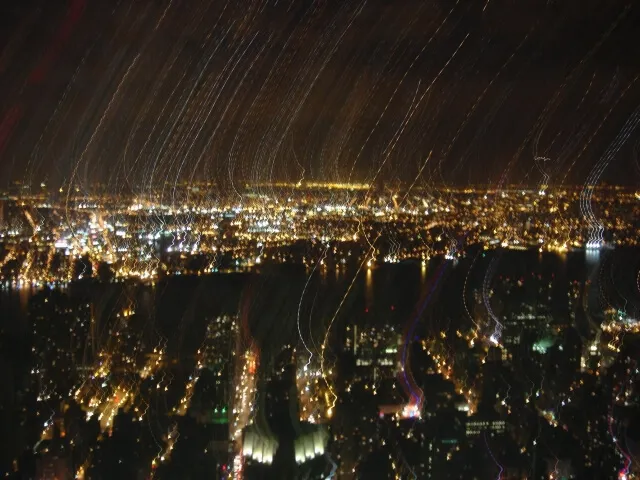How to Manage Digital Photo Clutter: A Guide to Photo Deduplication
My devices are overflowing with photos, and the collection keeps growing rapidly. Duplicate images are scattered across different folders, devices, and cloud services. As of early 2025, I’ve accumulated 63,041 images in 5,406 folders, totaling 463 gigabytes of storage — spanning from 1996 to today. These photos capture everything from flatbed scanner images to shots from early digital cameras, flip phones, smartphones, and tablets.

I tend to keep every photo, including blurry ones. Who knows? Maybe a future algorithm will de-blur them and reveal hidden gems. I also save multiple shots taken in quick succession, even if there’s no noticeable difference between them. The digital clutter only worsens when others share identical or nearly identical photos back to me.
This is where photo deduplication becomes essential for managing and streamlining digital photo collections.
Understanding Photo Deduplication
Photo deduplication is the process of identifying and removing duplicate images. These duplicates can appear due to accidental copying, multiple downloads, or syncing from different devices. They consume valuable storage space and make organizing photos more difficult.
A “duplicate” can refer to:
- Exact file copies: Images with identical file content.
- Visual duplicates: Photos that look exactly the same but may differ in file size, metadata, resolution, or other properties.
- Visually similar images: Photos taken in rapid succession with only slight differences.
Why Deduplicate?
Key benefits of photo deduplication include:
- Reduced Storage Space: Duplicates take up space, especially on devices with limited capacity. Removing them creates room for new photos.
- Improved Organization: A clean, streamlined photo library makes finding specific images faster and easier.
- Better Backup Efficiency: Backup services often charge based on storage usage. Eliminating duplicates reduces costs and makes backups faster.
- Enhanced Performance: Removing duplicates can improve the efficiency of applications and services that manage large photo libraries.
Reasons not to deduplicate:
Over the years, I’ve spent considerable time deduplicating my photo collection. If my only goal was to save storage space, I could argue it wasn’t worth the effort since bulk storage is relatively inexpensive. For exact file copies, deduplication is straightforward using many of the available applications. However, manually reviewing visually similar photos that are not digitally identical can be time-consuming and may not be worthwhile for large collections. With recent advances in AI/ML and better photograph metadata, e.g. geotagging, organizing photo collections through automation is becoming easier.
Photo Deduplication Methods
There are several ways to tackle photo deduplication:
- Manual Review: Go through each photo and delete duplicates. This works for small collections but can be tedious for larger, unorganized ones.
- File Comparison Software: Use tools that detect duplicates based on file size, hash values, or visual similarity. I have had good, but certainly not perfect, results with the Visual Similarity Duplicate Image Finder application.
- Cloud Services: Many cloud storage providers automatically identify and remove duplicates.
- Scripting and Automation: For tech-savvy users, scripts can help automate the process based on specific criteria. Searching GitHub, I’ve found several Python scripts to identify duplicate images using hashing algorithms.
Deduplication Best Practices
To achieve the best results, keep these tips in mind:
- Backup Before Deleting: Always back up your photos before deduplication to avoid accidental data loss.
- Choose Reliable Software: Choose deduplication tools that are reputable and have positive reviews to ensure accurate results. Sometimes multiple applications may be necessary for thorough deduplication.
- Perform Regular Maintenance: Periodically clean up your photo library to prevent duplicate buildup.
- Organize as You Deduplicate: Use the deduplication process to sort your photos by themes, dates, or events. And ask yourself: do you really need that blurry, partially thumb-covered night photo?
Workflow
- I usually transfer photos from my device to a separate folder, keeping them apart from my organized photo collection.
- Next, I manually review the new photos and delete any that are truly unusable — though, given my tendency to hoard photos, they have to be really bad for me to even consider deleting them.
- Then, I use Visual Similarity Duplicate Image Finder to scan the new folder against itself and my organized collection. This helps remove exact duplicates, such as backups from other devices, shared photos that were re-downloaded, or duplicates from other people’s devices. I set the comparison threshold somewhere between 95% and 99%.

- To integrate the new photos into my collection, I use Advanced Renamer to sort them into date-based folders using EXIF data, if available. Once sorted, I manually rename the folders with more descriptive labels.
For example, the following Advanced Renamer exiftool commands organize .mov and .jpg files found recursively (-r) in the .\original\ and its subfolders into date-based folders (-d FMT) within .\renamed\. The original file’s modification date/time is preserved (-P) during the process.
exiftool -r -P "-Directory<TrackCreateDate" -d ".\renamed\%Y.%m.%d\" -ext MOV -P ".\original\"
exiftool -r -P "-Directory<DateTimeOriginal" -d ".\renamed\%Y.%m.%d\" -ext JPG -P ".\original\"Summary
Photo deduplication is a crucial step for anyone looking to manage their digital photo collections efficiently. By removing duplicates, you save storage space, enhance organization, and simplify backups. Whether you prefer manual methods or automated tools, making time for regular deduplication will keep your photo memories accessible and enjoyable.
One day this blurry view of New York City will be corrected to reveal something truly mediocre.
